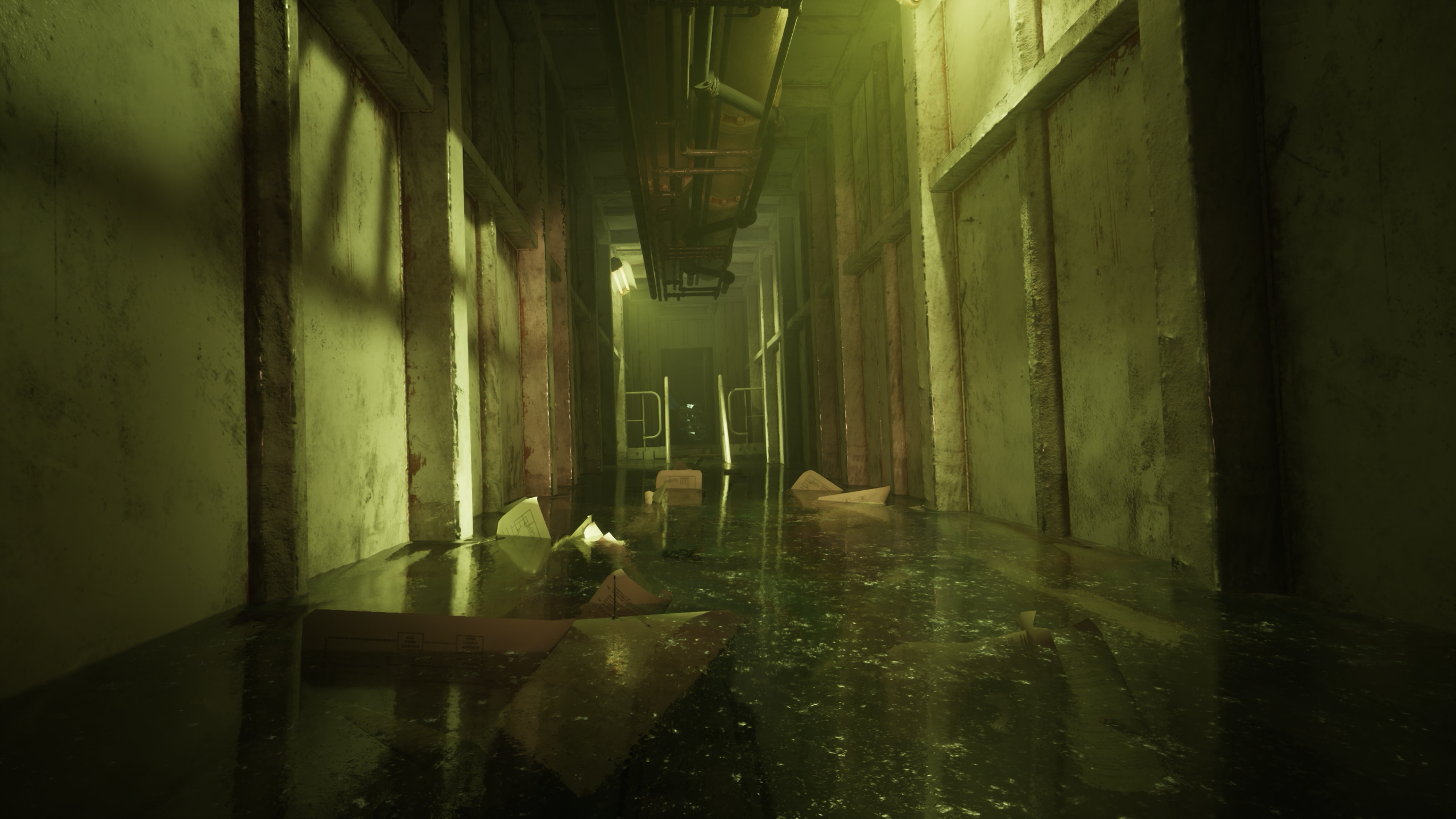Look behind you. I don’t want to! You must. You In Still Wakes the Deep, a horror game set on an oil rig, there is a button you can press that allows you to look behind you. They don’t tell you this at first. They don’t tell you this when you’re learning how navigation prompts work or how to crouch. They wait for about an hour – it feels like about an hour – until everything on the rig has started to go wrong, until you’re deep in the machine somewhere, knee-high in freezing black water, squeezing through the very tightest of mechanical spaces. Then they teach you.
Still Wakes the DeepPublisher: The Chinese RoomDeveloper: Secret ModePlatform: Played on PS5Availability: Out 18th of June on PC, Xbox X/S and PS5.
Personally, I have never been less pleased to discover a new in-game power. The lights flicker. The water churns. The entire rig squeaks and groans – this incessant resettling of metal and cabling is real, by the way; the team picked it up from a documentary. And then the prompt: hey, you can look behind you if you press this button. But why would I want to do that? Take that button away!
“We got you!” says Rob McLachlan over Skype when we’re discussing my play session later on. McLachlan is the lead designer of Still Wakes the Deep at The Chinese Room. Neat, precise, and polite, there’s clearly a splinter of anarchy in McLachlan somewhere – as there should be. “That’s exactly what we wanted,” he tells me of my reaction to the button prompt. “We were thinking: where can we teach the player to do this? So if you’re in the middle of something stressful, that would be a time to teach this.” He pauses, still delighted. “I’m really glad that worked for you.”
Timing. The more I think back on my two hours with Still Wakes the Deep – a game whose looming, shadow-hulk name will not untangle itself in my brain; I keep calling it What Lies Beneath – the more I think it’s all about timing. I reckon I’ve played about the first third or the first quarter of the game and more than anything I’m left with this memory of being in the middle of a design that feels like a dialogue – a dialogue between my expectations as someone who knows they’re playing a horror game, and designers who know that I know and want to trip me up even more despite all that.
For starters. I don’t know if you’ve seen the movie Cloverfield, but Cloverfield does something completely brilliant in its first act. Everyone who’s gone to see it is aware that it’s a movie about a monster attacking New York, so when it starts and people in the film are getting ready for a party, you’re sitting there in the dark, just wondering: will the monster attack now? Maybe now? How are they going to do it? How are they going to stage it?
